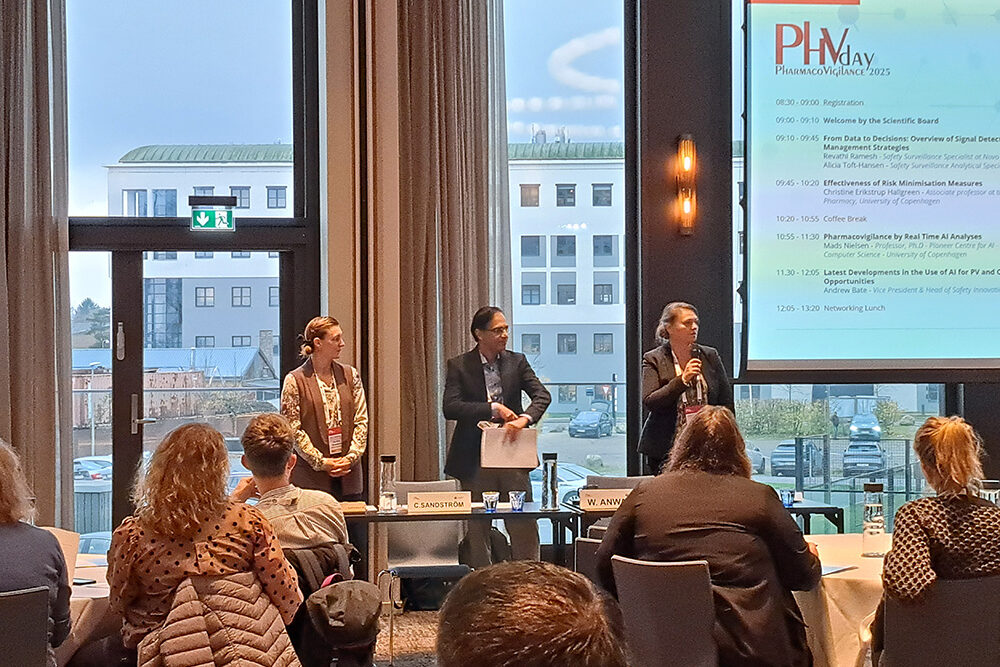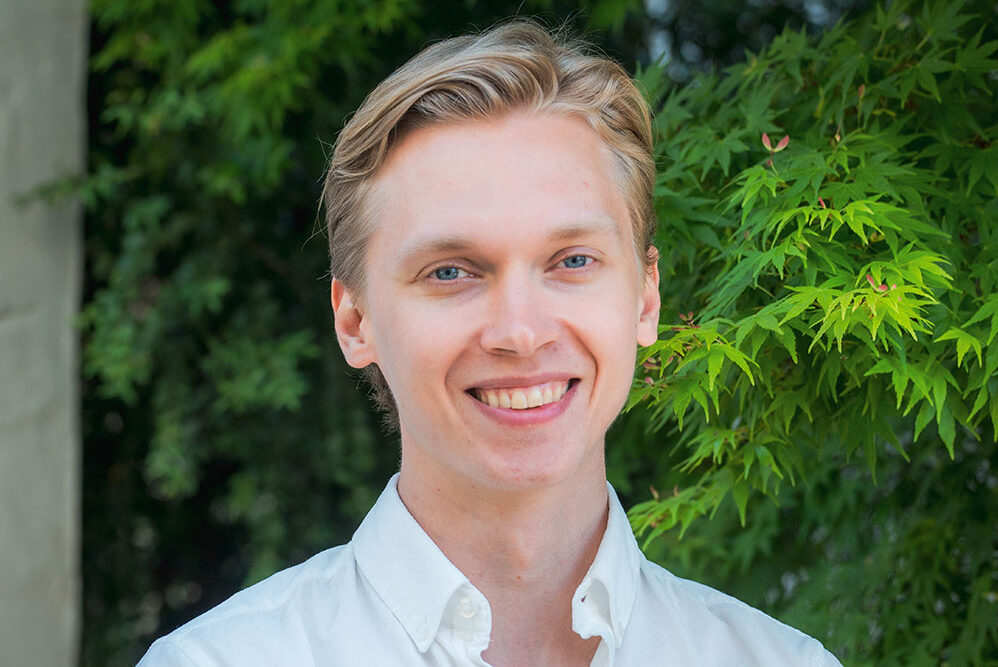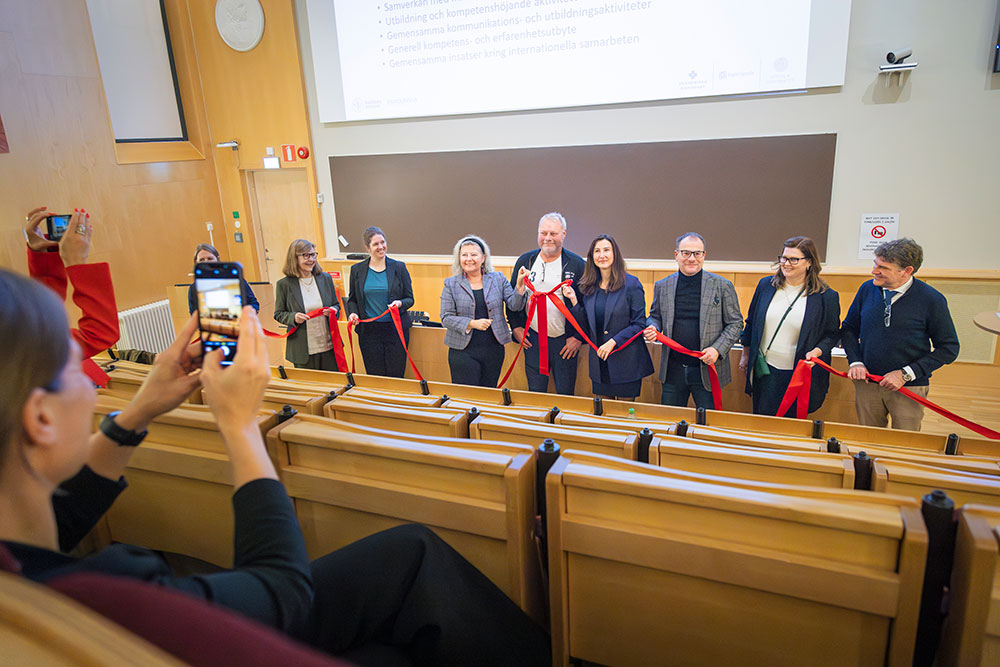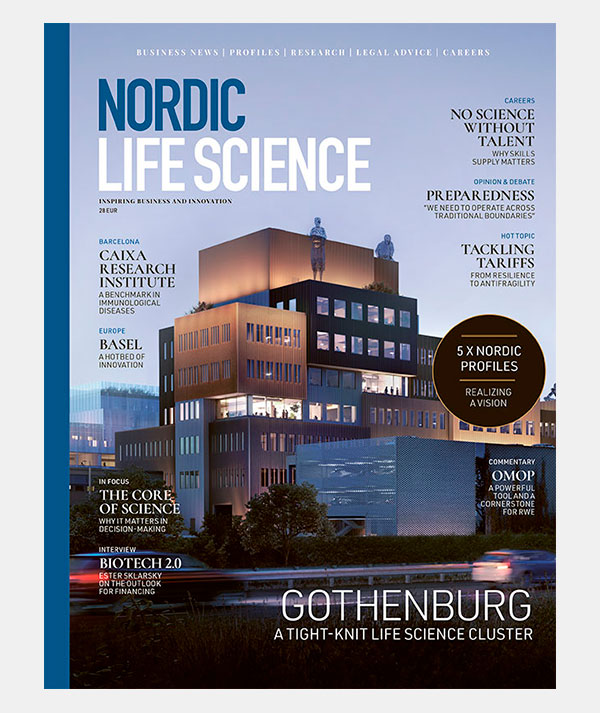A Nordic model for pandemic preparedness

A new Nordic research network develops models that can estimate how an infection will spread, thereby supporting rapid response during a future pandemic.
The Nordic Pandemic Preparedness Modelling Network (FUTUREDEMICS) is using advanced infection models to provide an indication of how the infection is expected to spread two to three weeks into the future. The models can also be used to explore scenarios. For example, if new restrictions or vaccinations are introduced, or a more contagious variant emerges.

Preparedness and the crucial role of life science
When the next pandemic, climate-driven health crisis, or antimicrobial threat strikes will we be ready? True preparedness is not measured in stockpiles or contingency plans alone. It lies in our ability to harness life science as a cornerstone of resilience – connecting human, animal, and environmental health to build societies that can withstand the crises of tomorrow.
During the COVID-19 pandemic, we saw how infection models were used more actively than before to understand and limit the spread of infection. They provide authorities and politicians with a better basis for making decisions.
“Pandemics arise suddenly and can develop rapidly, so there is a need to respond quickly and make decisions in a short time frame, often based on uncertain knowledge. During the COVID-19 pandemic, we saw how infection models were used more actively than before to understand and limit the spread of infection. They provide authorities and politicians with a better basis for making decisions,” says Birgitte Freiesleben de Blasio, professor at the University of Oslo and the Norwegian Institute of Public Health (FHI) and heads FUTUREDEMICS.
Closer co-operation
The network, which is part of NordForsk’s focus on research into societal security, has brought together people who work with modelling in Sweden, Finland, Norway, and Denmark.
The network will also contribute to closer co-operation between public health institutions and universities in the Nordic region.
The aim is to strengthen pandemic preparedness by developing models that can help authorities and decision-makers to act quickly and effectively in a crisis situation. The network will also contribute to closer co-operation between public health institutions and universities in the Nordic region, so that knowledge and tools can be shared across national borders and make the region better equipped to deal with future pandemics.
“It is important that we make the models relevant to the decisions made by the authorities. To do this, we need to know the needs and questions of the decision-makers and be able to explain the strengths and weaknesses of the models so that they can be used correctly,” says Freiesleben de Blasio.
Great need
The network has participants from two previous research projects that have been funded by NordForsk. One is the interdisciplinary project NORDEMICS, and the other is the health project NordicMathCovid.
According to Freiesleben, infectious diseases spread much faster today than in the past, which means that the risk of new epidemics and pandemics is greater. This makes modelling tools even more sought after.
“The risk of new infectious diseases is considered to be greater today than in the past. There are more of us, we travel more and we affect nature in ways that bring us closer to wild animals and new viruses. Whereas during the Black Death in the 14th century, it took several years for the disease to spread from southern Europe to the Nordic countries, today an infection can reach the entire globe in a matter of days,” she says.
Published: October 21, 2025












